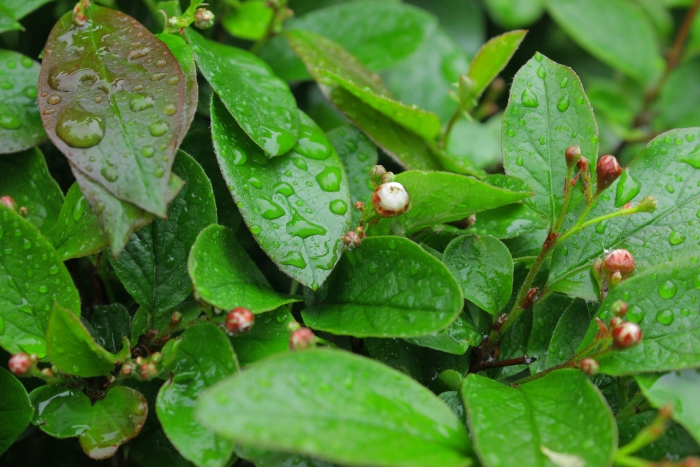Shiny Cotoneaster
(Cotoneaster lucidus)
Shiny Cotoneaster (Cotoneaster lucidus)
/
/

AfroBrazilian
CC BY-SA 3.0
Image By:
AfroBrazilian
Recorded By:
Copyright:
CC BY-SA 3.0
Copyright Notice:
Photo by: AfroBrazilian | License Type: CC BY-SA 3.0 | License URL: https://creativecommons.org/licenses/by-sa/3.0 | Uploader: AfroBrazilian | Publisher: Wikimedia Commons | Title: Cotoneaster_lucidus_01.JPG | Notes: {{Information |description={{en|Deutzia (''Deutzia scabra'')}} |date=2021-05-08 |source=https://www.inaturalist.org/photos/127422823 |author=[https://www.inaturalist.org/users/37749 harum.koh] |permission= |other versions= }} {{Location|35.1320532628|138.8483



































































Estimated Native Range
Summary
Cotoneaster lucidus, commonly known as shiny cotoneaster or hedge cotoneaster, is a deciduous shrub native to northern and central Asia, including regions in Siberia and northern China. It is well-adapted to open woodlands and forest edges in its native habitat. This medium-sized shrub typically reaches heights and widths of 6 to 10 feet, with long, spreading branches that create a dense, rounded form. The leaves are glossy dark green, elliptical, and have a leathery texture, turning yellow to red in the autumn, providing seasonal interest. The small, pale pink flowers bloom in clusters in early June and are modestly showy, followed by black, pome fruit that can attract birds.
Shiny cotoneaster is valued for its hardiness and is often used for hedges and screens due to its dense growth habit. It is also suitable for urban plantings and can tolerate a range of soil pH levels, from acidic to alkaline. The plant’s sparse root system allows it to withstand persistent winds, making it an excellent choice for exposed sites. For successful cultivation, it requires full sun to part shade, medium water, and well-drained soil. While it can be propagated by cuttings or seed, seeds require stratification to germinate. It is relatively low-maintenance but can be susceptible to fire blight and can become invasive if not managed properly in some regions outside its native range.CC BY-SA 4.0
Shiny cotoneaster is valued for its hardiness and is often used for hedges and screens due to its dense growth habit. It is also suitable for urban plantings and can tolerate a range of soil pH levels, from acidic to alkaline. The plant’s sparse root system allows it to withstand persistent winds, making it an excellent choice for exposed sites. For successful cultivation, it requires full sun to part shade, medium water, and well-drained soil. While it can be propagated by cuttings or seed, seeds require stratification to germinate. It is relatively low-maintenance but can be susceptible to fire blight and can become invasive if not managed properly in some regions outside its native range.CC BY-SA 4.0
Plant Description
- Plant Type: Shrub
- Height: 8-10 feet
- Width: 8-10 feet
- Growth Rate: Moderate
- Flower Color: N/A
- Flowering Season: Spring
- Leaf Retention: Deciduous
Growth Requirements
- Sun: Full Sun, Part Shade
- Water: Medium
- Drainage: Medium
Common Uses
Bee Garden, Bird Garden, Butterfly Garden, Deer Resistant, Hedges, Hummingbird Garden, Low Maintenance, Rabbit Resistant, Street Planting
Natural Habitat
Native to open woodlands and forest edges in northern and central Asia, including regions in Siberia and northern China
Other Names
Common Names: Hedge Cotoneaster, Glans-Dværgmispel, Kiiltotuhkapensas, Blankmispel, Häckoxbär
Scientific Names: , Cotoneaster lucidus, Cotoneaster acutifolius var. lucidus, Cotoneaster acutifolius var. typicus, Pyrus lucida,
GBIF Accepted Name: Cotoneaster lucidus Schltdl.